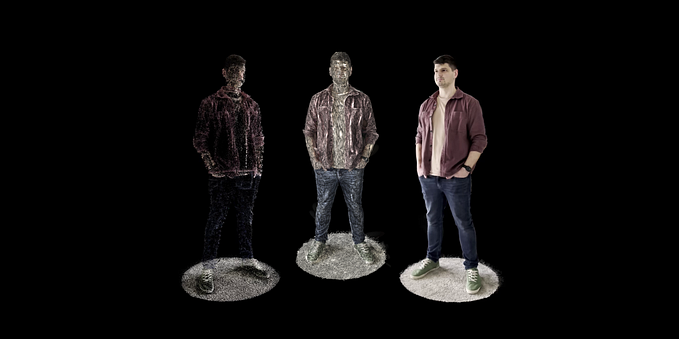Member-only story
An Audio Trash-Sorting Raspberry Pi with Teachable Machine
A low-code, low-cost, and high-tech trash-sorting consultant

We produce 2 billion tons of household waste globally each year. They place a heavy burden on our environment. To reduce the waste that ends up in the landfill and the environment, residents worldwide are required to sort their household waste. And garbage sorting is a big business. According to fortunebusinessinsights.com, the global waste-sorting equipment market stood at about $700 million in 2019. And it is expected to reach $1,800 million by 2027.

But unfortunately, in China, the trash sorting system is ineffective. The policy is weakly enforced. And there is little penalty for transgression. What’s worse, the trash classifications are confusing. My building has five containers that collect textiles, recyclables, food, and residual waste respectively. Under each label, there is a short list of examples. For example, wine and plastic bottles go to the “Recyclable” bin. And clothes and bags belong to “Textile”.
But the lists are just too short to cover every type of waste. I was often at a loss in front of the containers…









